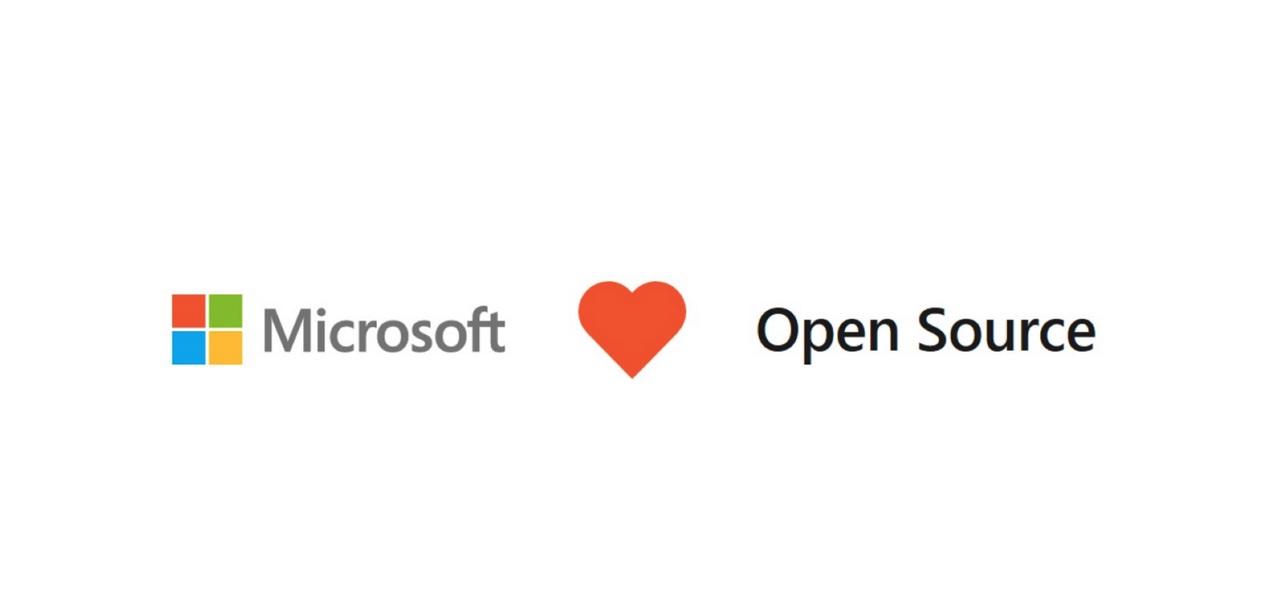Semil Shah’s “Rethinking the Seductiveness of Mobile-First” article published recently in TechCrunch was a breath of fresh air. Here is a writer, focusing mostly on mobile, suggesting that mobile may not necessarily be the be all and end all.
For a long time now, mobile has been the predominant mantra of the big tech players –endless examples and hype on how both Google and Facebook are now mobile first organizations and how it has revolutionized thinking within their businesses. Marissa Mayer made big noises when taking the reins at Yahoo!, telling all staff to bin their BlackBerrys in favor of iPhones in order to change the prevailing mindset of the company. She also banned remote working, so why any worker would need a smartphone in the first place is beyond me.
The main reason for adopting mobile first, we are told, is the rapidly increasing revenues that are generated by mobile means with mobile soon overtaking all revenue sources. There is one fault with this – it is overlooking what will always be 100 per cent responsible for 100 per cent of revenue – directly or indirectly – the user.
Putting the user first, and not any type of device or interface, is the only logical approach for any technology company to take. No-one is simply a desktop user or a mobile user; people touch different kinds of technology each and every day. No user is ever the same, so the focus needs to be on providing a totally flexible user experience, or UX as the discipline has come to be known.
Browser-based apps are the future, and are flexible enough to be used on a range of devices, regardless of operating system. Whether you use an app on your smartphone, tablet or laptop, the features available and the experience should be consistent, but the interface intelligent enough to adapt the controls based on the environment. This can be achieved by putting truly responsive design at the heart of the development process – not just trying to shoehorn extra features in as an afterthought.
It’s true, web apps might not yet be able to match native apps – desktop or mobile – in terms of speed or stability, but the gap is narrowing is closing fast. Focusing now on native apps, technology that will soon be superseded, is short-sighted. The possibilities for a device-agnostic open web app ecosystem are too vast to ignore and I would rather be on that upward trajectory now, and be a little behind, than having to play catch-up in a couple of years when the tide has already turned.
The only reason Apple and Google haven’t fully gotten behind web-based mobile apps is because it will totally destroy their app store revenue model. An open web app ecosystem will take the power from their hands – they will no longer be the gatekeepers to what applications can be used on your device and how developers can monetise them.
With those gates torn down, there is nothing stopping any developer to be in control of the revenue of their own apps, and sustainable, revenue-driving payment models such as subscription become a distinct possibility.
So, yes – by all means make sure your app runs really well on the iPad, but just make sure that you’re prioritizing the user needs as a service provider and not the device.




-png-2.png)
